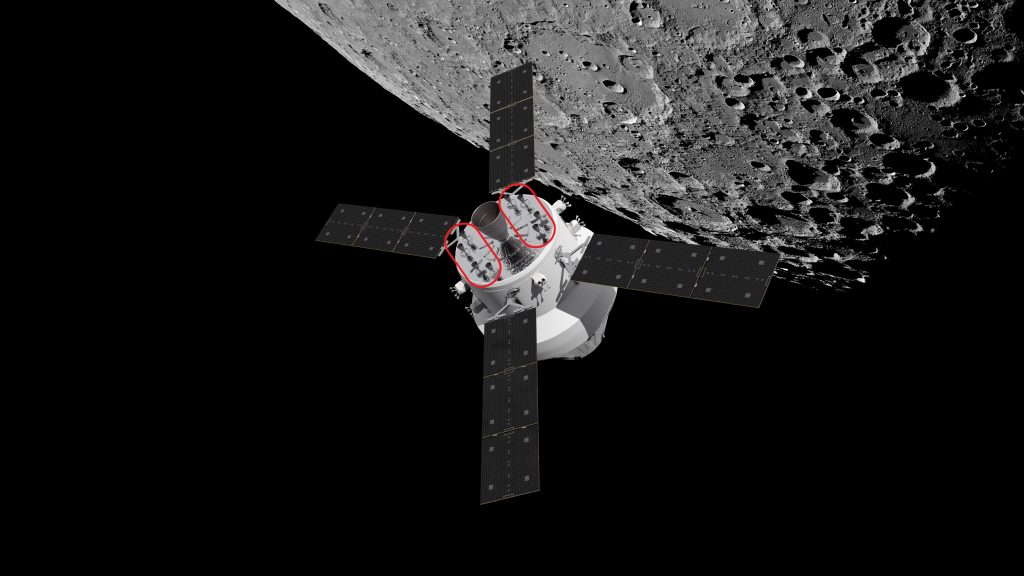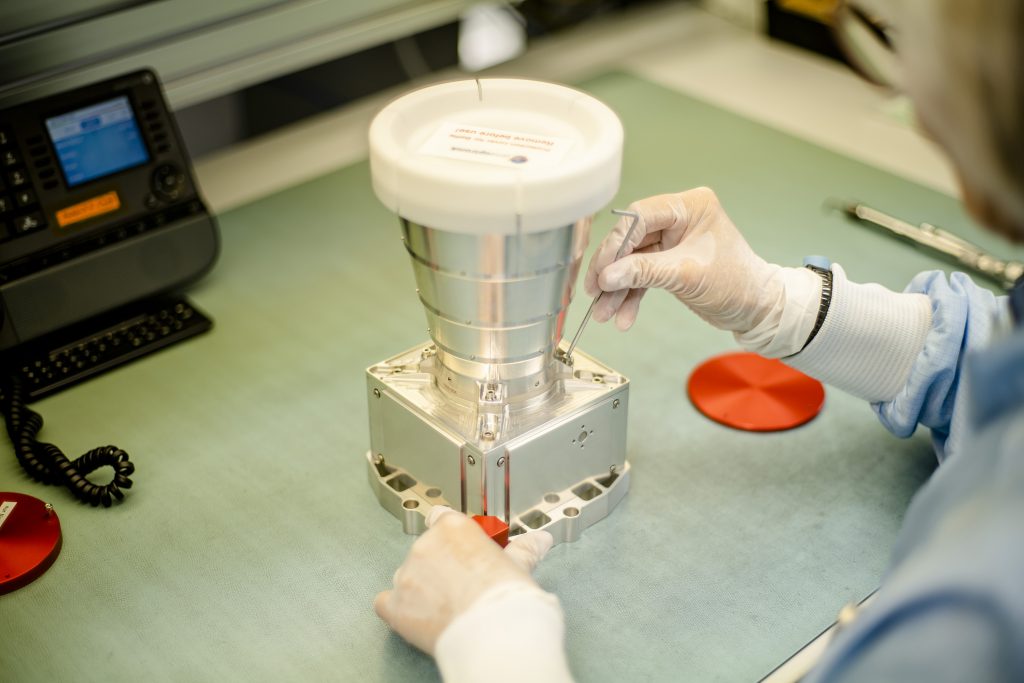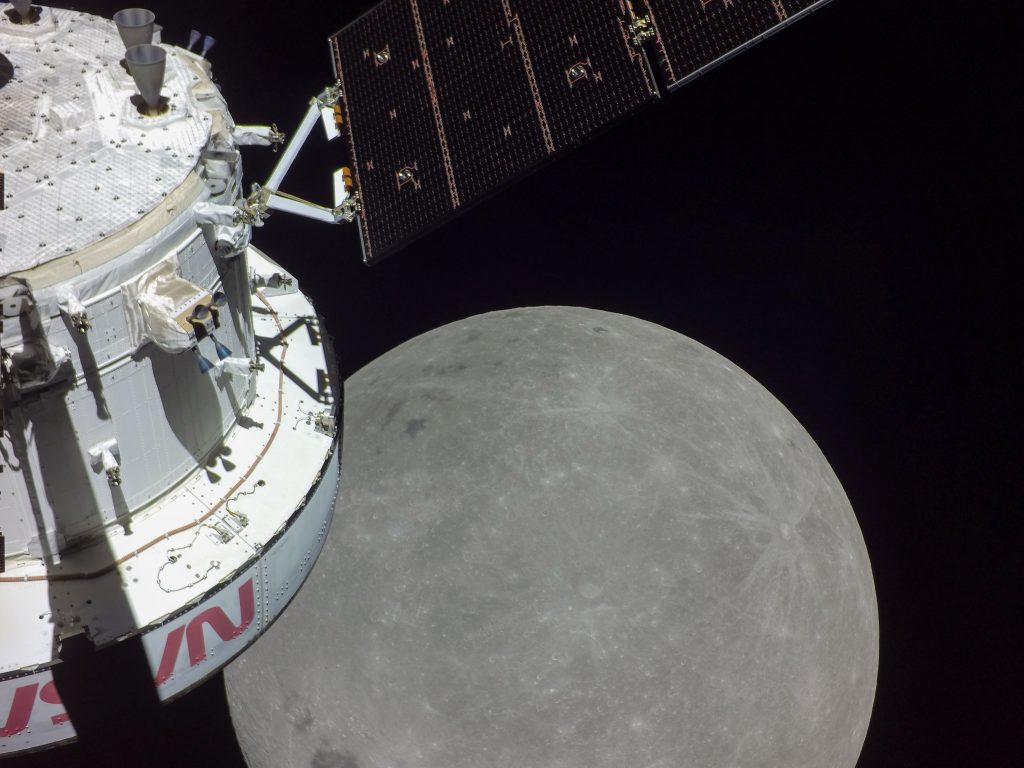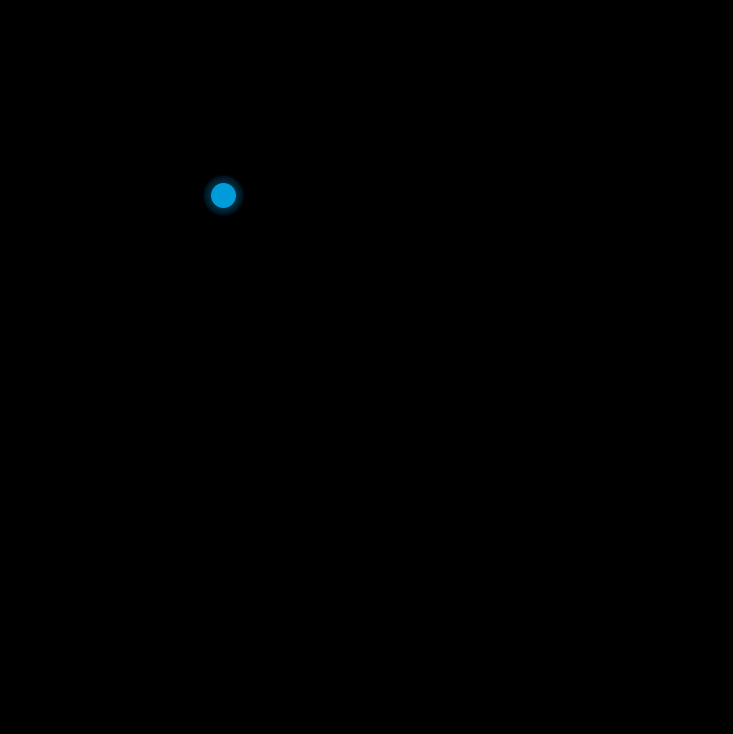The Orion spacecraft, on its seventh Artemis I mission day, had the European Service Module fire the auxiliary engines for 5.9 seconds complete its fifth outbound trajectory correction at 08:02 CET (07:02 GMT) on 22 November, changing the spacecraft’s velocity by 0.97 m/s.
The R-4D-11 auxiliary engines are a variant of the flight-proven R-4D engine, which was originally developed for the Apollo program and used on every previous mission to the Moon. The engines are located at the bottom of the European Service Module in four sets of two, and each provide 490 N of thrust each – enough to lift 50 kg on Earth. The European Service Module has 33 engines in three types and serves as the powerhouse for Orion.

The team in the White Flight Control Room at NASA’s Johnson Space Center in Houston, USA, continued testing the spacecraft’s star trackers to determine their sensitivity to thermal variations as part of planned testing, and engineers used the optical navigation system to gather additional imagery of the Moon. The star trackers and optical navigation system are part of Orion’s advanced guidance, navigation, and control system, responsible for always knowing where the spacecraft is located in space, which way it’s pointed, and where it’s going. It even controls the propulsion system to keep the spacecraft on the correct path. The optical navigation can serve later in this mission and in future missions as a backup, ensuring a safe trip home should the spacecraft lose communications.

Flight controllers are conducting a search acquire and track (SAT) mode developmental test objective. SAT mode is an algorithm intended to recover and maintain communications with Earth after loss of Orion’s navigation state, extended loss of communications with Earth, or after a temporary power loss that causes Orion to reboot hardware. To test the code, flight controllers will command the spacecraft to enter SAT mode, and after about 15 minutes, restore normal communications. Testing SAT mode will give engineers confidence it can be relied upon as the final option to fix a loss of communications when crew are aboard.
Lunar influencer

Orion will exit the lunar sphere of influence, or the gravitational pull of the Moon, as it continues its voyage toward the distant retrograde orbit insertion point. NASA Television will cover the distant retrograde orbit insertion burn, scheduled for flight day 10 at 22:30 CET (21:30 GMT) on 25 November. Shortly before entering the orbit, Orion will travel about 92194 km beyond the Moon at its farthest point from the lunar surface during the mission.
On 26 November Orion will pass the record set by Apollo 13 for the farthest distance travelled by a spacecraft designed for humans at 400 171 km from Earth but will pass that record by 32 000 km as it reaches its maximum distance from Earth of 432193 km on 28 November.


 Automated Transfer Vehicle page
Automated Transfer Vehicle page ATV blog archive
ATV blog archive
 NASA Orion page
NASA Orion page NASA Artemis
NASA Artemis Airbus Orion page
Airbus Orion page
Discussion: 4 comments
On NASA Artemis blog, it is written that “The next live event will be NASA Television coverage of the distant retrograde orbit insertion burn, scheduled for 4:30 p.m. EST on Friday, Nov. 25. ” So the DRO insertion burn should be 21h30 GMT / 22h30 CEST if I’m not wrong, 1 hour less than you wrote.
You are absolutely right, thanks Isabelle, updated.
7th day is 22 November!! not as mentioned above.
Thank you so much for taking the time to tell us, and being correct 🙂 Updated!